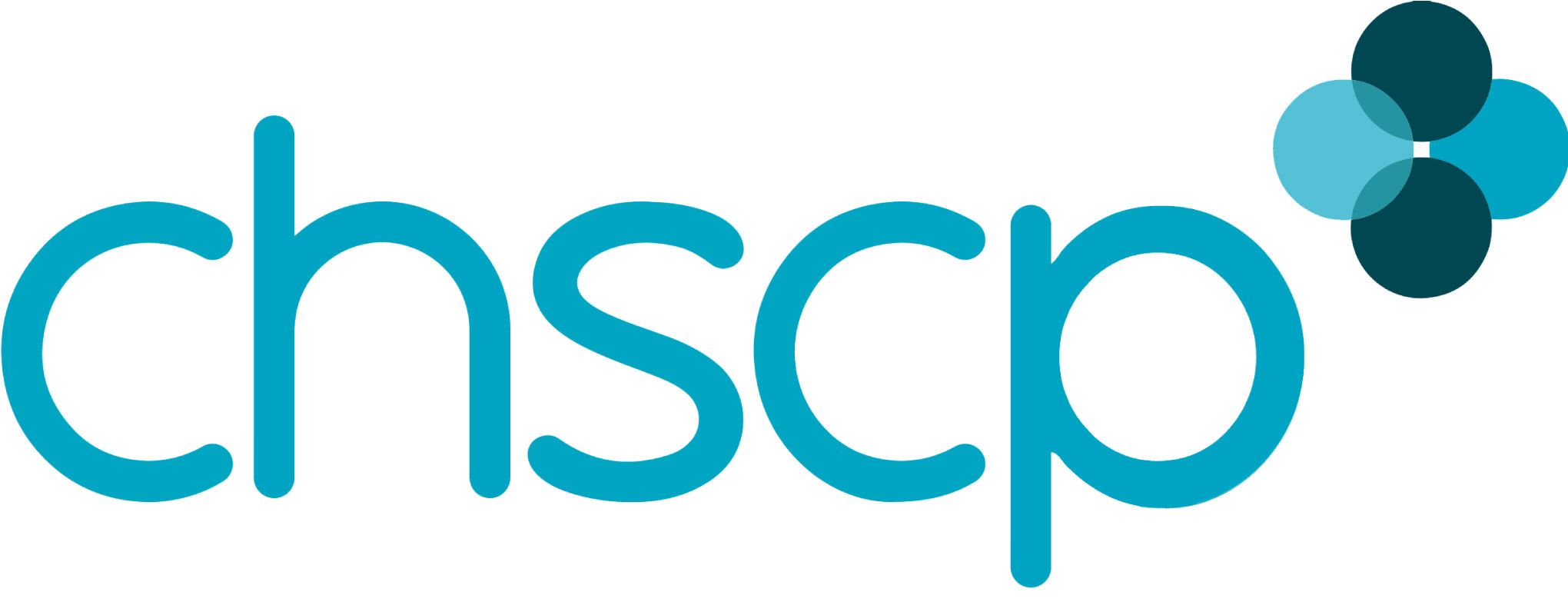Young people associated with gangs are highly vulnerable. Sexual violence amongst peers is commonplace and it is used as a means of power and control over others, most commonly young women. Young people affected by, or associated with gangs are at high risk of sexual exploitation and violence and will require safeguarding. Sexual exploitation is used in gangs to exert power and control over members / Initiate young people into the gang / exchange sexual activity for status or protection / entrap rival gang members by exploiting girls and young women and inflict sexual assault as a weapon in conflict.
Gangs are defined as mainly comprising men and boys aged 13-25 years old, who take part in many forms of criminal activity (e.g. knife crime or robbery) who can engage in violence against other gangs, and who have identifiable markers, for example a territory, a name, or sometimes clothing.
Groups are defined involves people who come together in person or online for the purpose of setting up, co-ordinating and/or taking part in the sexual exploitation of children in either an organised or opportunistic way.
Serious Youth Violence is defined as ‘any offence of most serious violence or weapon enabled crime, where the victim is aged 1-19’ i.e. murder, manslaughter, rape, wounding with intent and causing grievous bodily harm. ‘Youth violence’ is defined in the same way, but also includes assault with injury offences.
One factor which influences a child’s propensity to imitate violence is parenting which is permissive and neglectful, resulting in a lack of guidance and creating ineffectiveness and poor self-control for a child. The child is then not equipped to resist an environment or group which instigates violence.
County Lines is a further risk that young people can be exposed to in the context of gang involvement. This typically involves an inner city criminal gang exploiting young people to travel to smaller locations to sell drugs. These situations will often become apparent to professionals when young people are located after missing episodes outside of the London area and where there is no apparent reason for them being there and having no apparent means to get there. Local learning from a CHSCP case review, Child L, reflects the need to ensure that a young person’s vulnerability is accurately assessed, particularly when the primary response is a criminal justice intervention.
Organised/networked sexual exploitation or trafficking of young people (often connected) can involve them being passed through networks, possibly over geographical distances, between towns and cities where they may be forced/coerced into sexual activity with multiple men.
Often this occurs at ‘parties’ and young people who are involved may recruit others into the network. Some of this activity is described as serious organised crime and can involve the organised ‘buying and selling’ of young people by offenders. Organised exploitation varies from spontaneous networking between groups of offenders, to more serious organised crime where young people are effectively ‘sold’. Children are known to be trafficked for sexual exploitation and this can occur across local authority boundaries and regions and across international borders.
